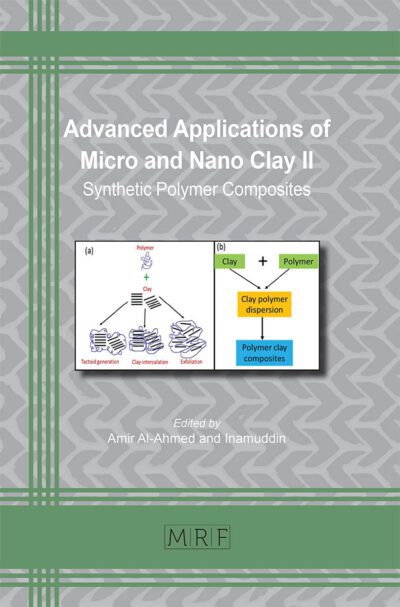L. KADIRI, Y. ESSAADAOUI, E.H. RIFI, A. LEBKIRI
Abstract. Coriander seeds have, over their culinary and medicinal benefits, a significant adsorbent power of heavy metals. They are characterized by a high reactivity due to: Their high adsorption capacity and their adaptation in aqueous medium. Our present work relates, on one hand, to the characterization of the material in order to determine its morphology by using techniques based on spectroscopy such as Fourier Transform Infrared (FTIR) and the X-ray Diffraction (XRD), on the other hand, to the study of acid-base behavior of seeds of coriander in contact with aqueous solutions in the presence and absence of metal ions. Also, an application of this material in the liquid-solid extraction of copper ions Cu2+ from aqueous solutions by coriander seeds has been realized using Atomic Absorption spectroscopy (AAS) in order to highlight the importance of coriander seeds as a potential tool in the treatment of wastewaters containing heavy metals.
Keywords
Coriander, characterization, X-ray diffraction (XRD), Fourier Transform Infrared (FTIR), extraction, Cu2+, Atomic absorption spectroscopy (AAS)
Published online 12/10/2016, 4 pages
Copyright © 2016 by the author(s)
Published under license by Materials Research Forum LLC., Millersville PA, USA
Citation: L. KADIRI, Y. ESSAADAOUI, E.H. RIFI, A. LEBKIRI, ‘Characterization of microstructure of coriander seeds (coriandrum sativum)’, Materials Research Proceedings, Vol. 1, pp 294-297, 2016
DOI: https://dx.doi.org/10.21741/9781945291197-73
The article was published as article 73 of the book Dielectric Materials and Applications
References
[1] Seidemann J. (2005) World spice plants: economic, usage, botany, taxonomy. Berlin Heidelberg: Springer-Verlag; 591p.
[2] Wichtl, M. W. (1994) Herbal drugs and phytopharmaceuticals. Stuttgart: Medpharm GmbH Scientific Publishers.
[3] Dias MI, Barros L, Sousa MJ, Ferreira IC (2011) Comparative study of lipophilic and hydrophilic antioxidants from in vivo and in vitro grown Coriandrum sativum. 66(2):181–186p.
[4] Dhanapakiam P, Joseph JM, Ramaswamy VK, Moorthi M, Kumar AS (2008) The cholesterol lowering property of coriander seeds (Coriandrum sativum): mechanism of action. J Environ Biol 29(1):53–56p.
[5] Flora of the USSR [in Russian], Acad. Sci. USSR, Moscow (1964), Vol. 16, pp. 36 – 40.
[6] Elabed A., Doctorate of the University Mohammed V Agdal, Reduction, Morocco (2007).
[7] Marcovich N. E., Reboredo M. M., Aranguren M. I., J. Appl. Polym. Sci. 61(1) (1996) 119-124. https://dx.doi.org/10.1002/(SICI)1097-4628(19960705)61:1<119::AID-APP13>3.0.CO;2-2














